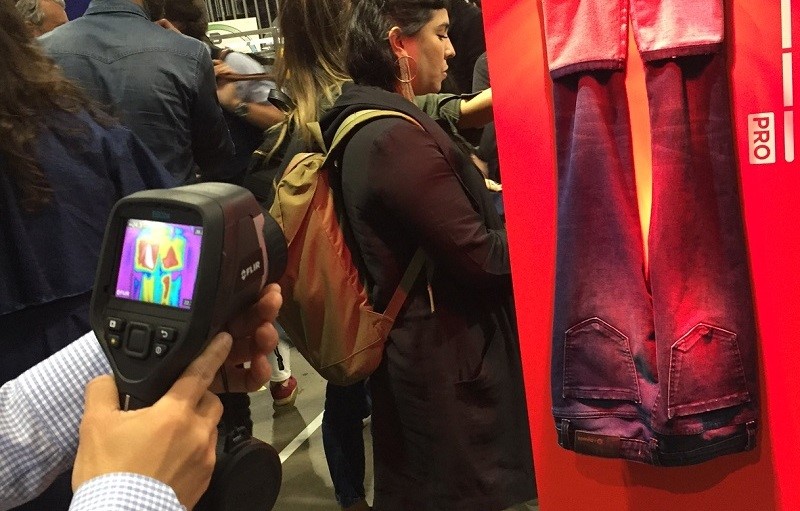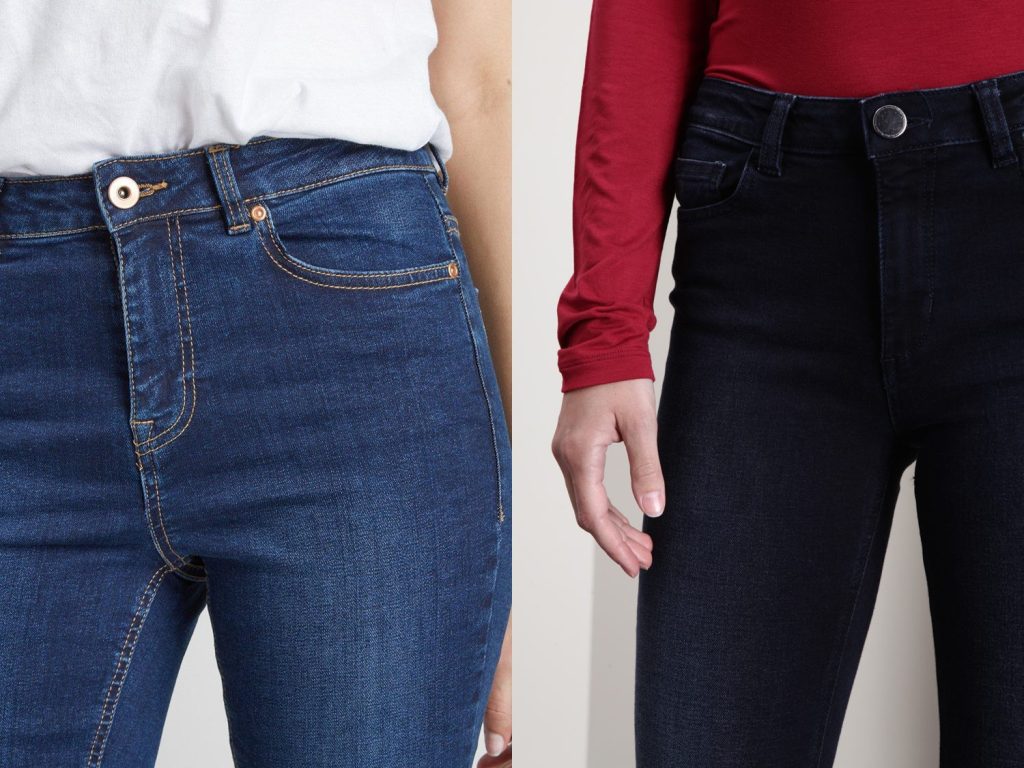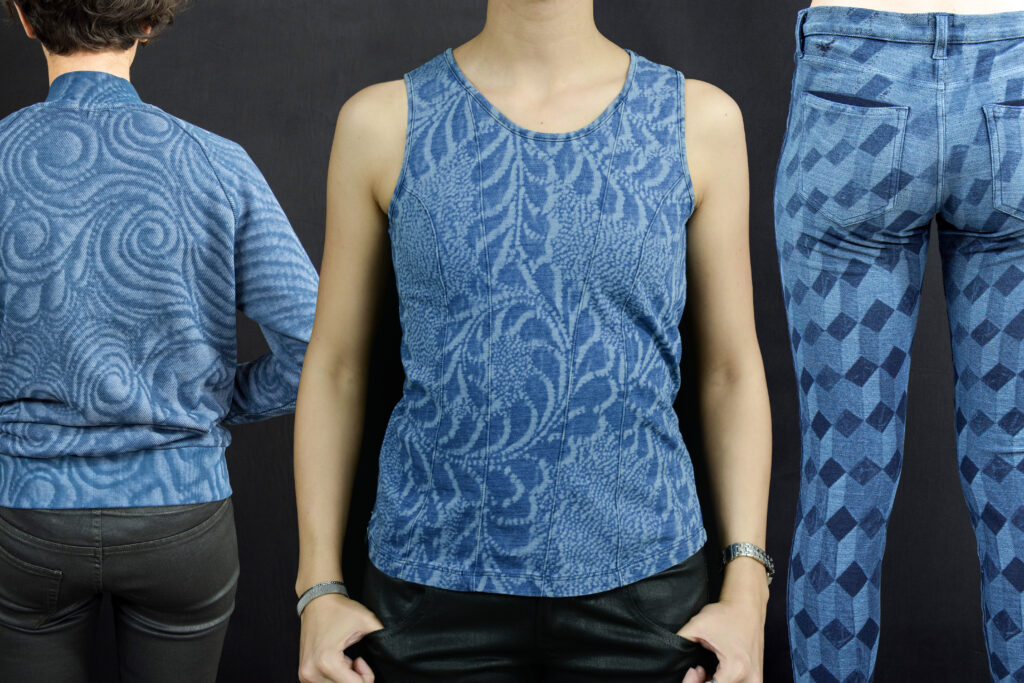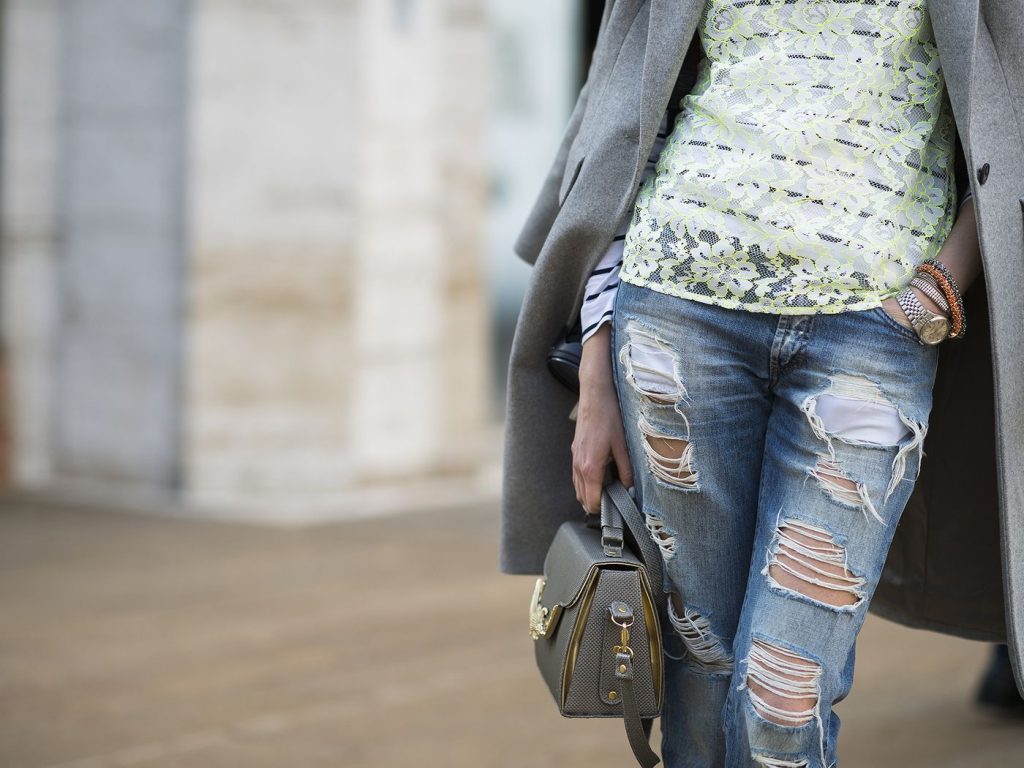Md Imran Hossain
Introduction
Denim has been a popular fabric for several decades, and it continues to be a favorite among fashion enthusiasts due to its durability and versatility. Over the years, designers and manufacturers have experimented with various techniques to create unique and special denim garments that stand out. Special denim refers to denim garments that have undergone unique manufacturing processes, procedures, or treatments to create a distinctive look or feel. This can include distressing, washing, embroidery, applique, and other embellishments that give the denim garment a unique personality and aesthetic appeal. This article explores the different types of special denim garments, their manufacturing processes, and their significance in the fashion industry.

Types of Special Denim Garments
Thermolite Denim: Thermolite denim is made by blending thremolite fibers with cotton fibers during weaving. The thermolite fibers are hollow, which allows them to trap air and create a layer of insulation between the wearer’s body and the cold air outside. This insulation layer helps to keep the wearer warm and comfortable in cold weather conditions. One of the main benefits of thermolite denim is its versatility. It can be a wide range of garments, including jackets, jeans, and skirts. This makes it a popular choice for both casual and outdoor wear. Thermolite denim also offers several benefits over traditional insulation materials. It is lightweight and breathable, whicmaking it more comfortable to wear for extended periods is also moisture-wicking, which helps keep the wearer dry and comfortable even in wet or humid conditions.

Patchwork Denim: Patchwork denim is a popular trend in the fashion industry that involves piecing together different patches of denim fabric to create a unique and textured look. The process of creating patchwork denim involves selecting denim fabrics in different colors or washes, cutting them into various shapes and sizes, and then stitching them together to create a larger fabric piece. This fabric piece can then be used to create a variety of garments, such as jeans, jackets, skirts, or even bags. Patchwork denim also offers a more sustainable option for fashion. By using scraps of denim fabric that would otherwise be discarded, patchwork denim reduces waste and minimizes the environmental impact of the fashion industry.

Embroidered Denim: Embroidery is a technique that involves decorating denim garments with colorful thread or yarn. This technique can be used to create intricate designs or patterns, such as flowers, animals, or letters. Designs can range from simple motifs and patterns to more intricate and detailed artwork. Embroidery can be added to various parts of the garment, such as the pockets, sleeves, or hemline. Embroidered denim is also a sustainable option for fashion. By adding embroidery to existing denim garments, it reduces waste and extends the life of the garment.

Water Repellent Denim: Water-repellent denim is a type of denim fabric that has been specially treated to resist water penetration. This technology has been developed to meet the demand for more functional and versatile denim garments that can withstand different weather conditions. The process of creating water-repellent denim involves applying a special finish to the fabric that creates a barrier against water. This finish can be achieved through various methods, such as coating the fabric with a water-resistant substance, or by creating a hydrophobic surface that repels water. Water-repellent denim has also been embraced by eco-conscious fashionistas, as it promotes sustainability in the industry. By creating garments that are more durable and resistant to damage, it reduces the need for frequent replacements and contributes to a more sustainable fashion industry.

Printed Denim: Printed denim involves printing designs, patterns, or images onto denim fabric using various printing techniques such as screen printing, digital printing, or transfer printing. This technique can be used to create unique and eye-catching designs on denim garments. In addition to its creative benefits, printed denim also promotes sustainability in fashion. By adding prints to existing denim garments, it reduces waste and extends the life of the fabric. It also allows for the use of eco-friendly materials and techniques, contributing to a more sustainable fashion industry.

Bi-stretch Denim: Bi-stretch denim is a cutting-edge technology that has revolutionized the denim industry. Unlike traditional denim, which typically has very little stretch, bi-stretch denim is made from a fabric that is designed to stretch in two directions, providing a more comfortable and flexible fit. The technology behind bi-stretch denim involves weaving the fabric with a combination of spandex and cotton fibers. This creates a fabric that is both durable and flexible, allowing for a greater range of movement and a more comfortable fit. Bi-stretch denim has become a popular trend in recent years, appearing in both high-end fashion collections and affordable streetwear brands. It has been used to create a range of styles, from classic jeans and jackets to more experimental and avant-garde designs.

Knitted Denim: Knitted denim is a new and innovative technology that has transformed the denim industry. It is created by combining the classic look and feel of denim with the comfort and flexibility of knitwear. The result is a fabric that has the structure and texture of denim, but with the added benefits of stretch and comfort. The technology behind knitted denim involves using a circular knitting machine to create a seamless tube of fabric. This fabric is then finished to resemble the look and texture of traditional denim. The result is a fabric that has the durability and style of denim, but with the added benefit of stretch and comfort.

Cotton-polyester Blended Denim: It is a fabric that is made by combining cotton and polyester fibers in varying proportions. This blend is designed to combine the best qualities of both fibers, resulting in a fabric that is both durable and comfortable. By blending cotton and polyester fibers, denim manufacturers can create a fabric that combines the best qualities of both materials. The resulting fabric is strong, durable, and wrinkle-resistant, while also being comfortable and flexible. As fashion continues to prioritize functionality and sustainability, cotton-polyester blended denim is likely to remain a popular choice in the years to come.

Bull Denim: Bull denim is a heavyweight cotton fabric that is commonly used in the production of durable and long-lasting garments. It is a twill weave fabric that is woven with thicker, stronger yarns, which gives it its characteristic durability and strength. One of the key advantages of bull denim is its resistance to wear and tear. The thicker yarns used in its production make it less likely to develop holes or tears over time, which makes it an ideal choice for garments that are subjected to heavy use or stress. The fabric is often used to make jeans, jackets, and overalls, as well as bags, aprons, and other accessories.

Distressed Denim: Distressed denim is a type of denim fabric that has been intentionally treated to give it a worn and aged look. This technique involves creating tears, frays, and fading on the fabric to give it a unique and vintage appearance. Distressed denim has become a popular trend in the fashion industry, particularly in the casual and streetwear genres. The process of creating distressed denim involves a variety of techniques, including sandblasting, acid washing, and stone washing. While some may argue that the process of creating distressed denim is wasteful and harmful to the environment, many brands have begun to embrace more sustainable methods of production, such as using laser technology to create the distressed look instead of harsh chemicals and abrasives.

Significance of Special Denim Garments in the Fashion Industry
Special denim manufacturing plays a vital role in the fashion industry, as it offers designers the ability to create unique denim garments that stand out from the crowd. Special denim manufacturing techniques, such as distressing, washing, and embroidery, give denim garments a distinctive character and a unique appeal that cannot be replicated with traditional denim manufacturing methods.
One of the biggest benefits of special denim manufacturing is the ability to create denim garments with a distinct vintage or worn-in look. Through techniques such as stone washing, sandblasting, and whiskering, denim garments can be given a lived-in appearance that can take years to achieve naturally. This allows designers to create denim garments that are both modern and timeless, with a classic appeal that transcends fashion trends.
Special denim manufacturing also allows designers to incorporate intricate embroidery, applique, and other embellishments onto denim garments. This provides a canvas for designers to express their creativity and add a personal touch to their designs. Embroidered denim jackets, for example, have become a popular trend in recent years, as they offer a unique and eye-catching way to add personality to an outfit.
In addition to aesthetic benefits, special denim manufacturing can also improve the functionality and durability of denim garments. Techniques such as reinforced stitching, stretch denim, and water-resistant coatings can make denim garments more comfortable, practical, and long-lasting. Special denim garments are also significant in terms of sustainability. Many of these garments are made using recycled or upcycled denim fabric, which helps to reduce waste and minimize the environmental impact of the fashion industry.
Conclusion
Special denim garments are a testament to the versatility and creativity of the denim fabric. From acid-washed denim to embroidered denim, there are endless possibilities for creating unique and special denim garments. These garments not only offer consumers something different and eye-catching but also contribute to sustainability efforts in the fashion industry. As the demand for sustainable and unique fashion grows, special denim garments are likely to become even more important in the future.
References:
- “Denim: Fashion’s Frontier” by Emma McClendon
- “Blue Jeans: The Art of the Ordinary” by Daniel Miller and Sophie Woodward
- “Denim Style” by Horst A. Friedrichs
- https://www.academia.edu/38519321/Research_on_Different_SPECIAL_DENIM_GARMENTS







